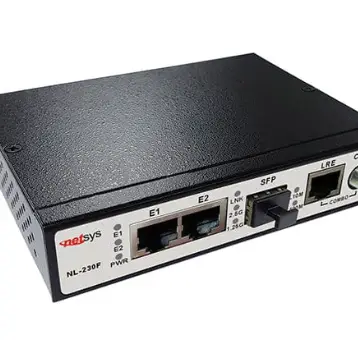There are plenty of reasons why organizations would want to know who is behind an IP address. Perhaps they want to expand their network, conduct research for cybersecurity purposes, or learn something about a specific IP range — for example, whether it’s shady and should be reported to the relevant authorities.
Accessing that information, however, is not always easy. One clever way to do, though, it is by looking into the IP netblocks’ data. In fact, individuals and organizations can use these netblocks to locate and identify owners and observe the movement of IP addresses.
In this article let’s talk about what IP netblocks are all about and take a closer look at some of their main use cases.
Understanding the Terms and Rationale
What are IP netblocks?
Basically, an IP netblock is a range of IP addresses that are owned by a specific datacenter or Internet Service Provider (ISP).
For example:
192.23.0.0 to 192.23.255.255 is an IP netblock.
Who assigns the blocks?
ISPs and data centers are the entities that assign netblocks to individuals and companies that are subscribed to them.
What does the IP netblocks data include?
IP netblocks data provides users with information on the registered IP ranges including the details about their ownership. Besides the range of IP addresses, you can also get details about abuses, admin and tech contact information, the name of the organization that registered the range, the list of domains’ maintainers, and more.
Who Can Benefit from Netblocks Data?
Cybersecurity specialists
A crucial aspect of any network security solution is the investigation of cyber threats. Numerous organizations have fallen victim to fraudulent acts such as hacking and phishing and have paid the price for their lack of security measures. By using the data from IP netblocks, cybersecurity personnel can learn the origins of the IP addresses which they have flagged as malicious and trace them back to their providers and owners.
Security teams are also able to keep an eye on certain details such as the name of the organization and contacts, and who these are associated with, to avoid transacting with suspicious websites in the future — that way avoiding traps and related substantial expenses.
Law enforcement agents
The existing data behind IP netblocks contains a lot of useful information for professionals in the area of law enforcement. Since cybercrime can happen at any time, having the ability to check who’s behind a particular IP address quickly is crucial to identify and prosecute cybercriminals.
Indeed, agents can study netblocks information and learn more about the perpetrators they are investigating. For instance, they can use IP netblocks’ contact details to pinpoint the locations of these malevolent individuals, check if they have connections to other entities and apprehend them before they cause more damage.
Marketers
One of the jobs of marketers is to stay on top of the latest trends in their fields. It helps their organizations develop sales strategies that appeal to customers and enhance the products or services that they promote.
Using the information from IP netblocks allows marketers to figure out what they need to improve their marketing tactics. One way they can do so is by integrating data with IP netblocks whois database, collecting the IP addresses from server logs and combining them with the netblocks data to identify patterns in their website traffic.
Furthermore, marketers can keep track of their competition by studying specific IP metrics such as ownership, range, ISP, location, ASN(Autonomous System Number), and the number of owned IP addresses.
Startups and expanding businesses
The data from the netblocks aren’t limited to established organizations only. Businesses that need the ability to scale IT operations quickly, such as startups and companies expanding in new markets, may use that information for strategic matters.
Among other things, access to IP netblocks data can let them observe and determine which IP ranges might be available and large enough to accommodate hundreds or more machines onto the network.
Researchers
As part of scientific undertakings, researchers can study the dynamics and structure of netblocks and use it to understand who owns both the little and big chunks of the web. That data can then be integrated into a series of third-party tools and models to infer relevant conclusions for businesses, nonprofit organizations, and governmental institutions. It can also be used to build industry market research reports and case studies, for instance, about ISPs.
—
Studying the ownership data concerning IP ranges enables organizations to get deeper insights into their industries — achieving a variety of goals ranging from cybersecurity improvements to marketing efforts.








![10 Top Game Sites Not Blocked By School [2024 Updated]](https://thefutureofthings.com/wp-content/uploads/2024/10/image-25-358x358.png)


